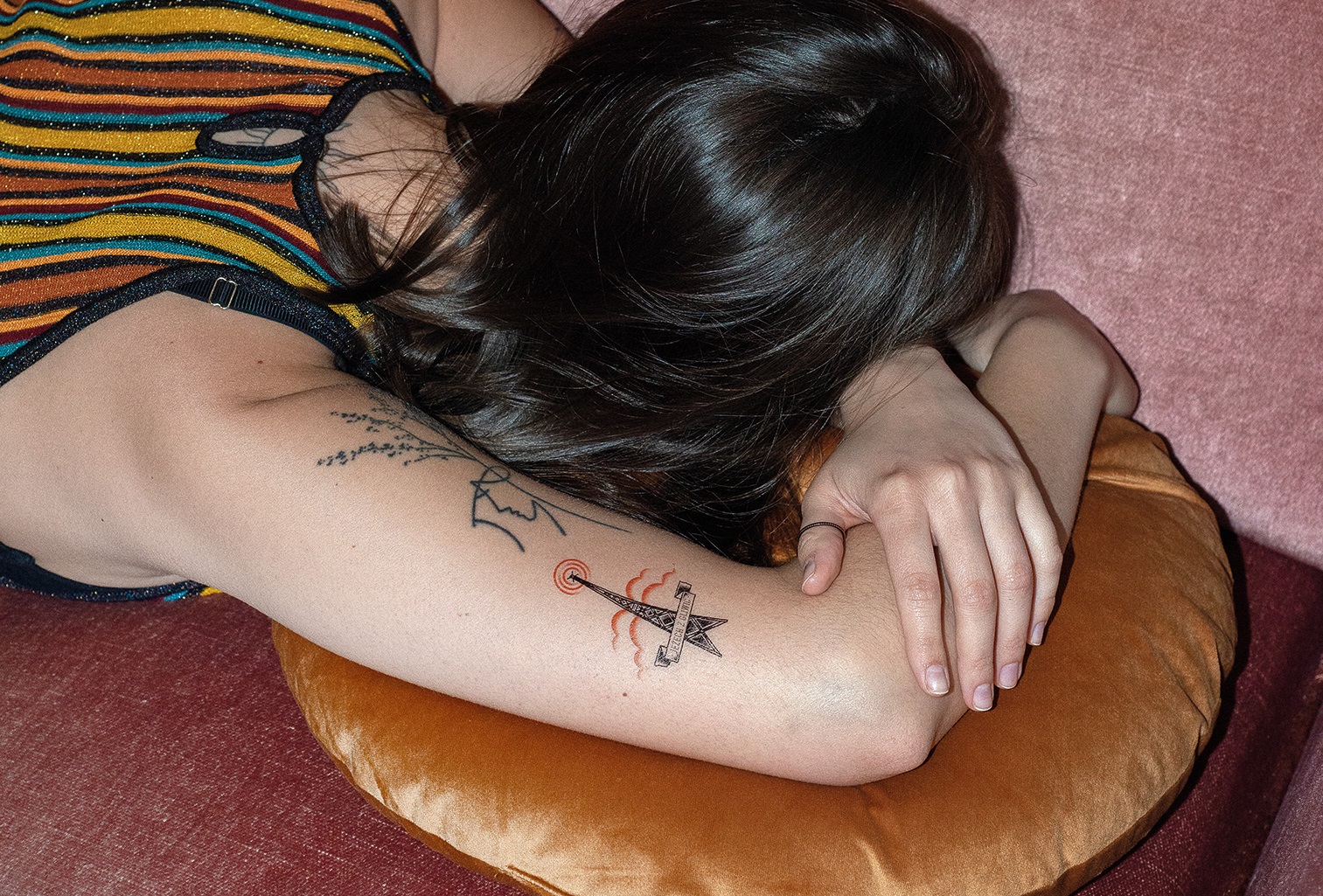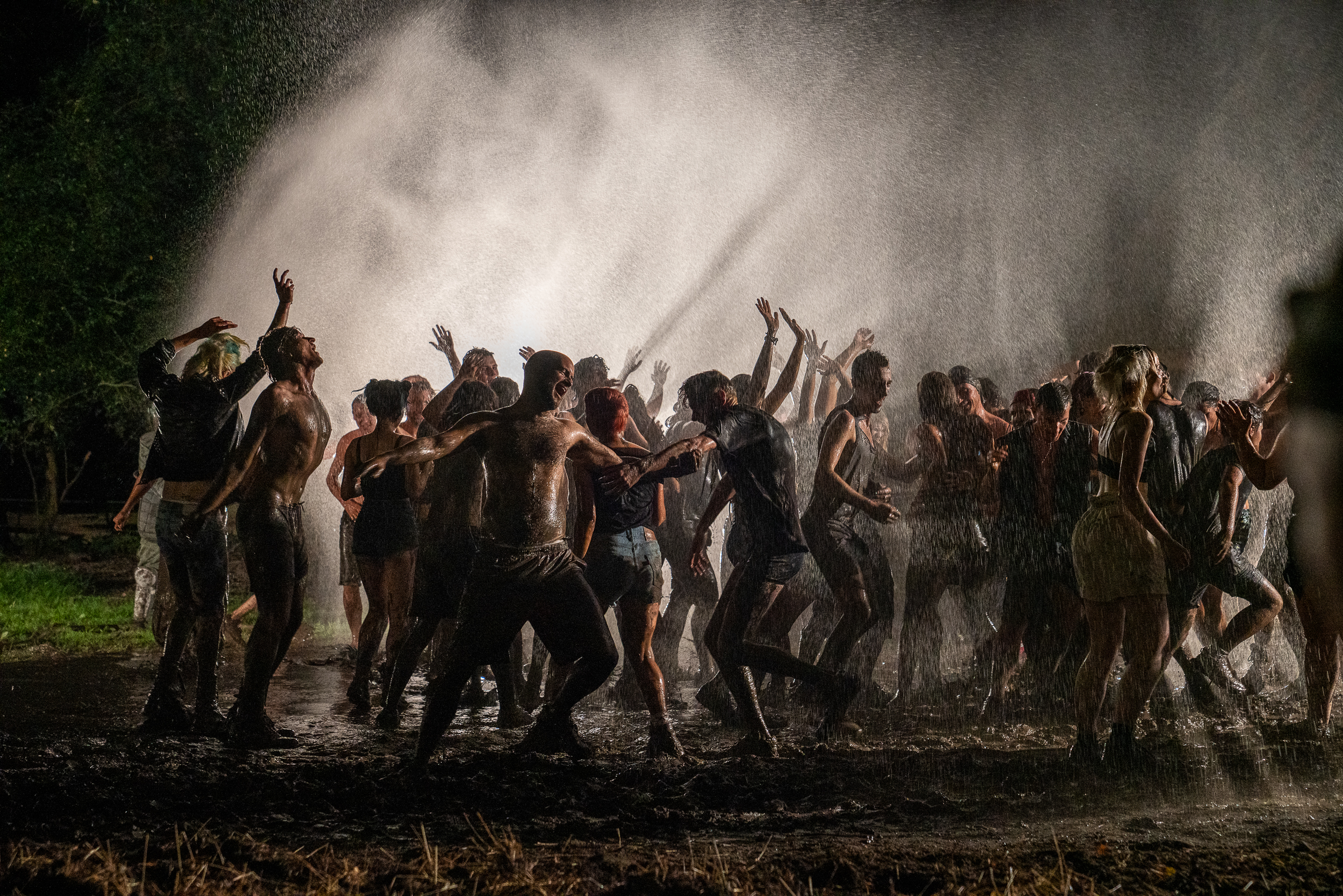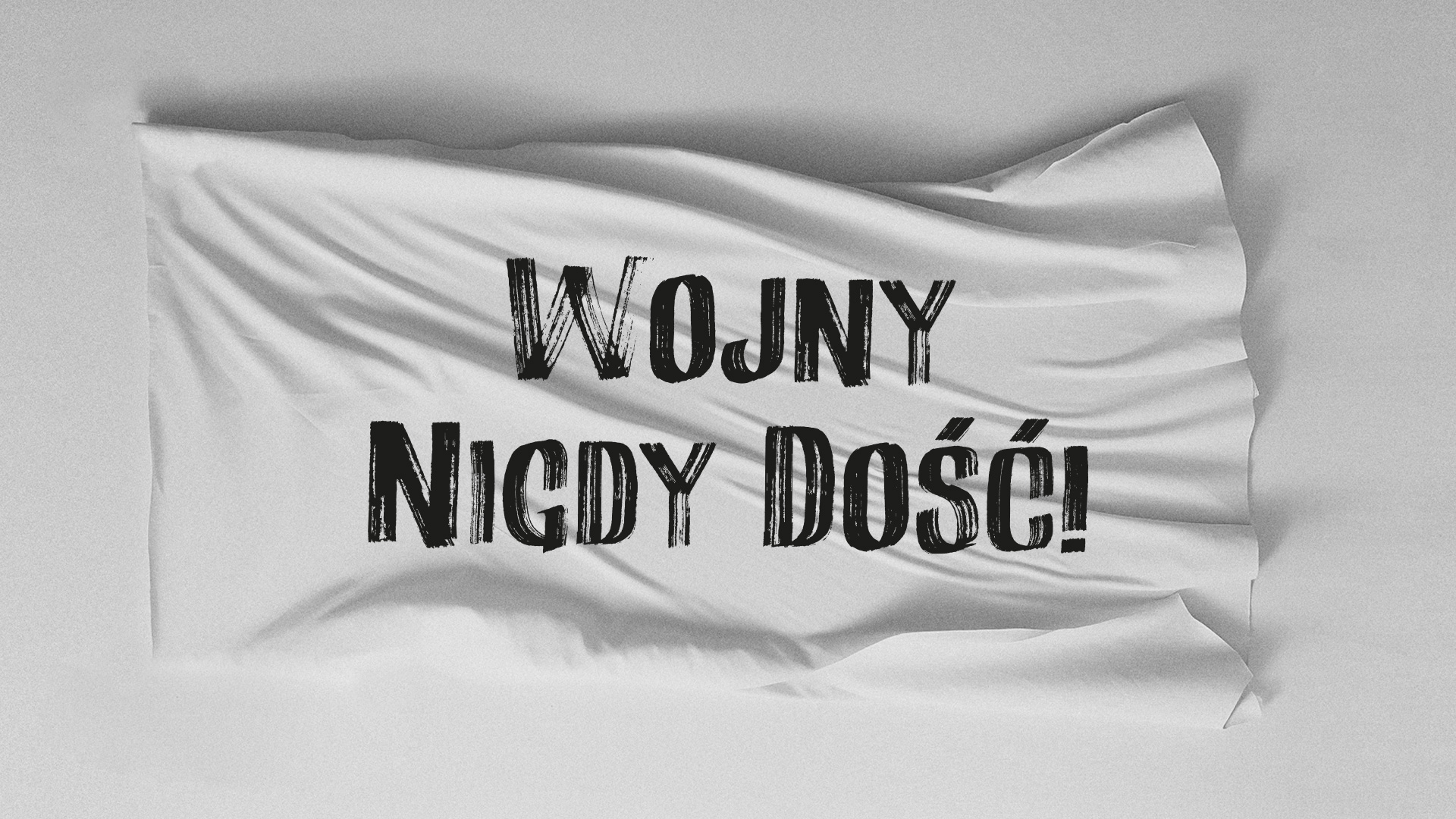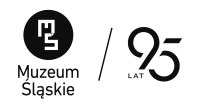“Weirdo”, “freak”, “misfit”, “lunatic” – such painful terms were directed to the creators to whom the exhibition Biographies (un)authorized has been devoted. The reason why they heard those hurtful words, were artistic needs that stood in opposition to a certain pattern of life and behavior, that was well-established in the society: rural origins determined everyday life and set the standards of folk art, but they did not intend to satisfy either.
The title of the exhibition suggest a certain ambiguity in the lives of these artists and should be understood perversely: imposing on them their way of being by pointing to the irrationality of their actions, created a situation, in which these artists ceased to be owners of their biography. They regained it through a creative act: sometimes indisputable in its pronunciation (in case of Wnęk or Mucha), another time ephemeral (as in case of Wiśnios), re-authorizing their lives, this time “in their own way”. “Authorization” was happening during the creative act: at this point they were truly free, they handled themselves and their life on their own, because they acted exactly as they wanted.
The need to create was born in Szczepan Mucha as a result of a certain tragic situation: he was accused of poaching and sent to prison for several months. He came back a changed man, full of righteous resentment. He decided to sculpt: he started his work from the fence surrounding the house. The sculptor set up over two meters high ,,backyard bogeymen” in his yard, and in the surroundings of the house, but also on its top and in the windows, he placed devils and naked figures of women and men, proudly displaying intimate places. He knew perfectly well, that his art would shock and that in this way he would challenge the world, that conspired against him. Mucha’s desire was to create space on his own terms and discourage society from contact, and thus isolate himself from the life of the village, that laughed at his work.
We may observe equally tragic life story in case of Maria Wnęk. This painter from Nowy Sącz, one of the most important art brut personalities, believed that her neighbors colluded against her. In her paintings and in the texts they contained, she commented on the actions of the surroundings. She considered herself a divine messenger, so she spoke categorically about all mankind, conveying admonitions sent to her by holy figures and presenting apocalyptic visions of God’s punishment. She was mentally ill, so she perceived the world accordingly. For example, she claimed, that the source of human aversion are her paintings and apostleship included in them. Maria Wnęk was considered lunatic in her home village.
Fate did not spare the final heroine of this exhibition, Marianna Wiśnios. From an early age the painter suffered because of her passion: she liked to paint and did it whenever possible. She was also having visions, that supposedly were coming true. She was called “weirdo” or “witch” and also “gypsy” – her dark hair made her stand out from the rest of her siblings. When she grew up, one of her sons asked for help with art homework. The drawing was praised by the teacher and that made Wiśnios return to her passion. She would hang her art in her house and the neighbors were coming to use the hairdressing services of the painter’s husband, so the word about Mrs. Wiśnios’s ,,whims” has quickly spread in the village. She was called “misfit”, and when she was walking through the village, people were mocking that “the painter is coming”. She was keeping her painting hidden, not to risk being ridiculed. She painted at night, half-conscious with exhaustion. She often took up the subject of Christ’s martyrdom, seeing her own fate in him and in the sorrowful Mother of God.
The artists never gave up their creative activity, they acted despite the grief their passion caused them. In their art they found themselves, fulfilled their desires, struggled with the hardships of life, worked through traumas. With its help, they communicated with the society, communicated their position on certain issues, art was a place for philosophical or theological considerations. It was through art that they talked about their suffering, but they did not find those who wanted to take part in this dialogue in the immediate community, but outside – during the vernissages of their works or during contacts with private collectors.
The exhibition presents almost one hundred works of three artists. Despite the fact that it covers work of artists coming from rural areas and living in the middle of the last century, the exhibition is universal and timeless. Mucha, Wnęk and Wiśnios became advocates of ideas that are alive to this day: the need to live on their own terms without the vision of exclusion or contempt for otherness.
Curator: Magdalena Łuków vel Broniszewska
15.10.2021 – 18.04.2022
The Silesian Museum in Katowice,
1 T. Dobrowolskiego St./ The Gallery of Non-professional Art
Pozostałe Archiwum wystaw

Jadwiga Janowska „FALSE FLAG”
04.04.2024 – 30.06.2024
wystawa plenerowa / plac Fajrant

Lech Majewski „POLANA”
23.03.2024 – 06.10.2024
Galeria jednego dzieła / hol centralny

WOJNY NIGDY DOŚĆ!
23.02.2024 – 13.10.2024
przestrzeń wystaw czasowych na poziomie -2
